WHAT IS EPIPHANY?
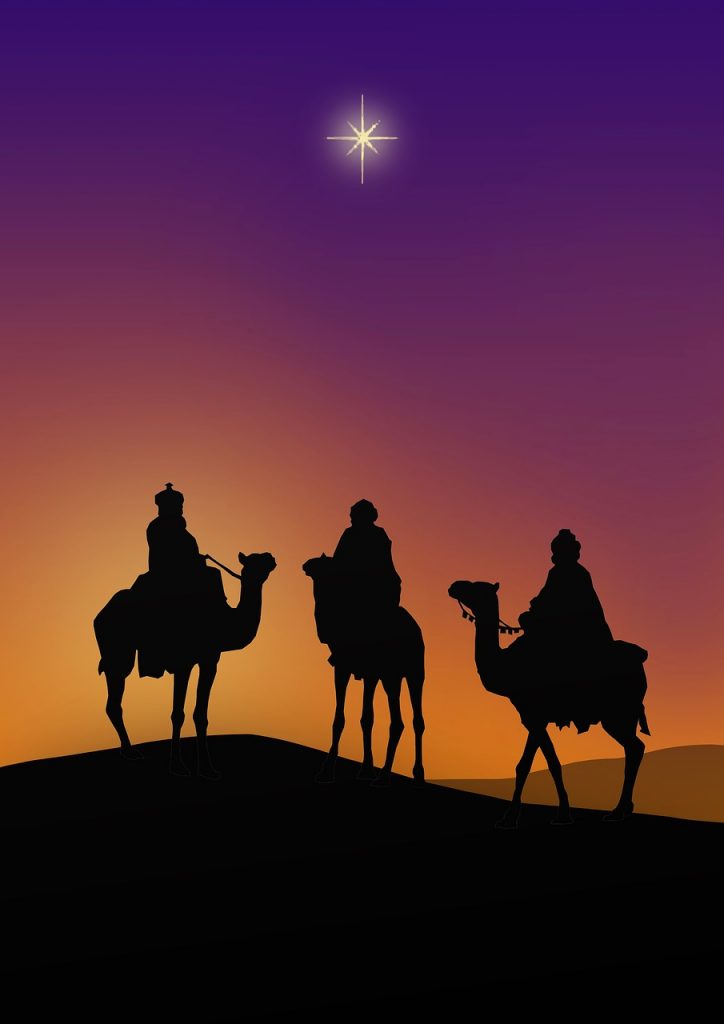
There is a story of a new curate who was discussing church services with his vicar shortly before Christmas. The vicar noticed a slight shadow crossed the young curate’ face when he talked about January services and mentioned Epiphany.
“You do know what Epiphany is, don’t you?”
“Actually, to be honest, I’m not sure. You see, it always came in the vac.” (i.e. the college holidays after Christmas).
Epiphany, coming on 6th January, is a bit of a disregarded festival in the western church, though it is very important in eastern orthodox churches. It commemorates the coming of the wise men, or three kings, to the Christ child, as told in Matthew 2. So it commemorates the revealing of the Christian faith to the Gentile, or non-Jewish, world.
CHURCH READINGS
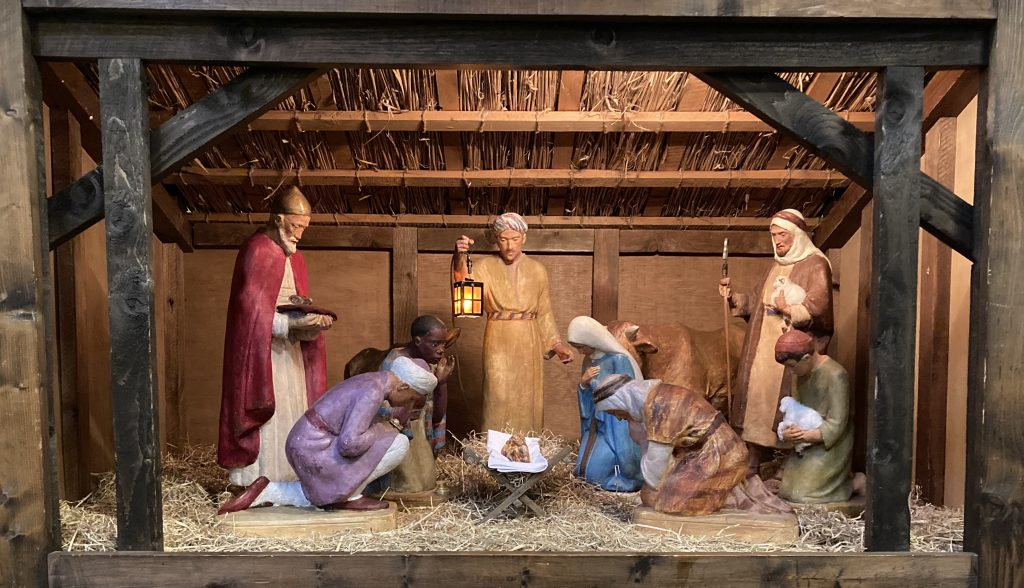
St Mary Abbots church in Kensington had a beautiful midday communion service complete with choir to celebrate it. (The crib was photographed there). I have some doubt about the story in Matthew, because I do not regard Matthew as reliable, and it is not alluded to in the rest of the New Testament. However, the story, or rather the star in the story, was referred to by an early martyr St Ignatius of Antioch some time between 100 and 140 AD.
What did strike me quite forcibly was part of the second Bible reading in the service, Ephesians 3.5-6: ‘In former generations the mystery of Christ was not made known to humankind, as it has now been revealed to his holy apostles and prophets by the Spirit: 6that is, the Gentiles have become fellow-heirs, members of the same body, and sharers in the promise in Christ Jesus through the gospel.’
Paul is continuing the same argument that he made in chapter 2,12, 15 namely that the Gentiles, ‘being aliens from the commonwealth of Israel, and strangers to the covenants of promise, having no hope and without God in the world’ were now part of ‘one new humanity in place of the two, thus making peace.’
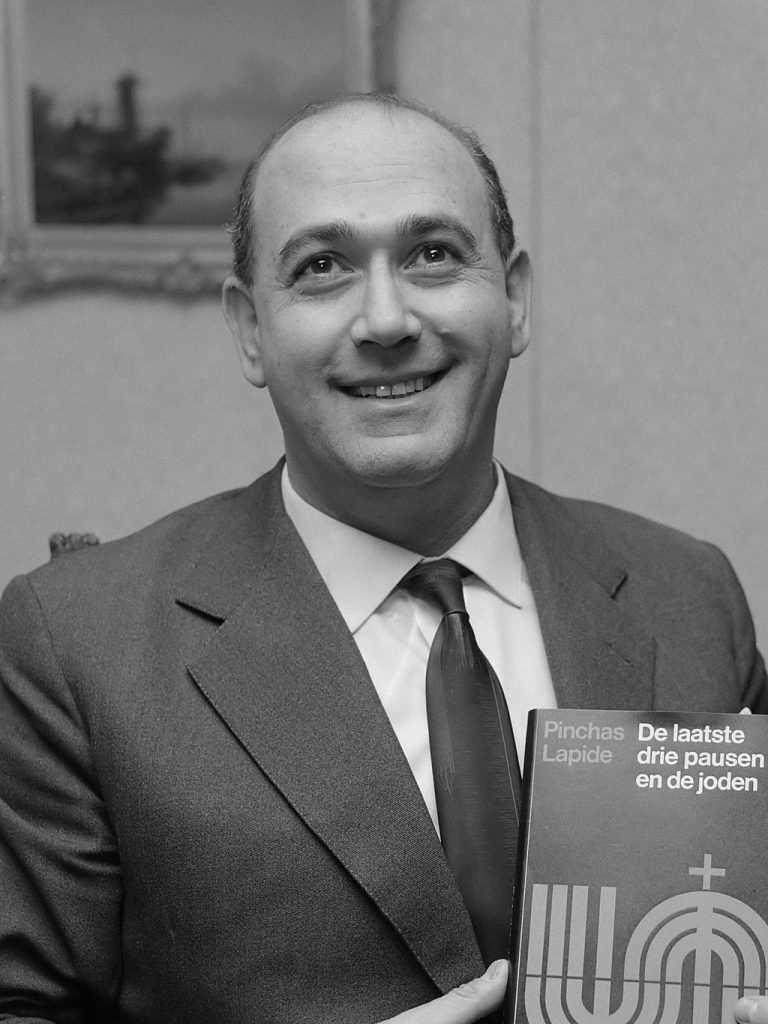
A RABBI SAYS YES TO JESUS’ RESURRECTION
The reading of the Ephesians passage made me think immediately of a fascinating book by a German rabbi Pinchas Lapide, in which he comes to the conclusion that God did really raise Jesus from death after his crucifixion. He describes his position as follows:
‘In regard to the future resurrection of the dead, I am and remain a Pharisee. Concerning the resurrection of Jesus on Easter Sunday, I was for decades a Sadducee. I am no longer a Sadducee… When that scared, frightened band of apostles … suddenly could be changed into a confident mission society… then no vision or hallucination is sufficient to explain such a revolutionary transformation.’ (p. 125)
It was the difference between Sadducees and Pharisees that Paul exploited at his trial before the Roman tribune:
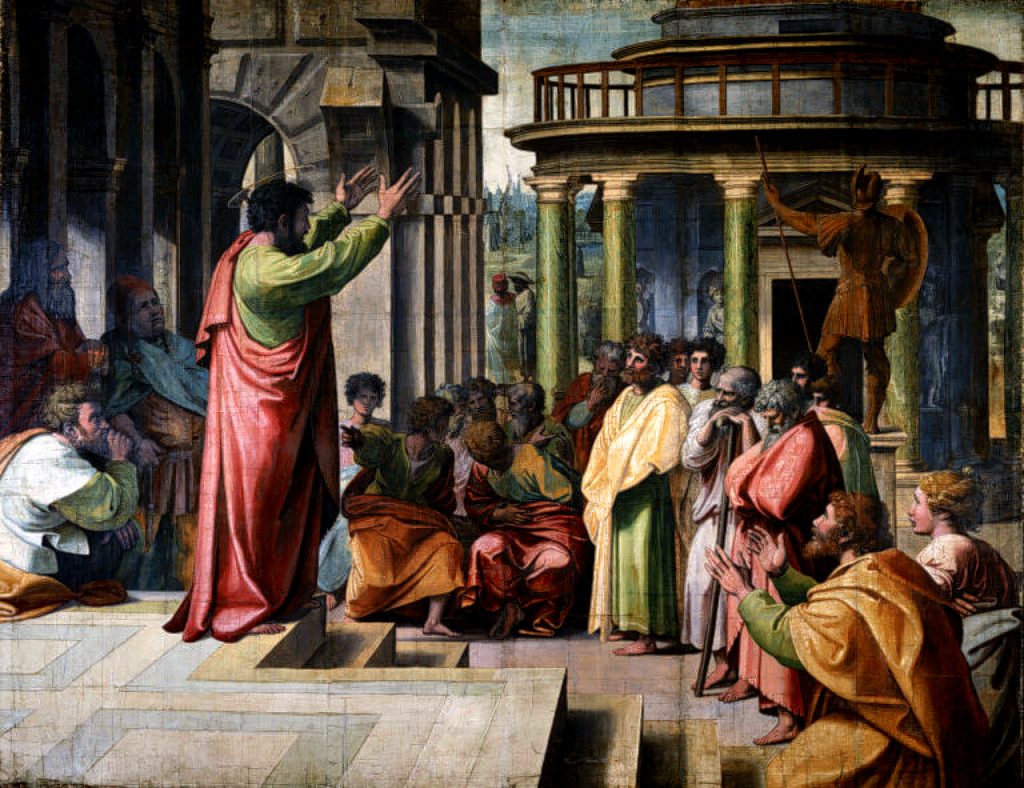
‘When Paul noticed that some were Sadducees and others were Pharisees, he called out in the council, “Brothers, I am a Pharisee, a son of Pharisees. I am on trial concerning the hope of the resurrection of the dead.” When he said this, a dissension began between the Pharisees and the Sadducees, and the assembly was divided. (The Sadducees say that there is no resurrection, or angel, or spirit; but the Pharisees acknowledge all three.) Then a great clamour arose, and certain scribes of the Pharisees’ group stood up and contended, “‘Wefind nothing wrong with this man. What if a spirit or an angel has spoken to him?’” (Acts 23.6-9)
What did the resurrection of Jesus then mean for Rabbi Lapide, as he did not believe that Jesus was the Messiah; the Messiah is yet to come.
‘The experience of the resurrection as the foundation act of the church which has carried the faith in the God of Israel into the whole Western world must belong to God’s plan of salvation.’ (p.142)
The great mediaeval Jewish theologian Maimonides, or Moses ben Maimon, 1138 – 1204, wrote similarly on his major work ‘Guide of the Perplexed’:
‘All these matters which refer to Jesus of Nazareth … only served to prepare the whole world for the worship fo God with a united heart, as it is written: “Yea, at that time I will change the speech of the people to a pure speech, that all may call on the name of the Lord and serve him with one accord” (Zephaniah 3.9). In this way the messianic hope, the Torah, and the commandments have become a widespread heritage of faith – among the inhabitants of the far islands and among the nations, uncircumcised in heart and flesh.’ (p. 142)
A Catholic theologian Clemens Thoma put it this way: ‘Through the resurrection of Jesus, an access to faith in the ONE, until then unknown God of Israel, was opened to the Gentiles.’ (p. 152)
WHAT KIND OF SACRIFICE?
What part did the cross play in this expansive movement of the Jewish faith to the Gentile world? Paul declares in 1 Corinthians 2.2, “I decided to know nothing among you except Jesus Christ, and him crucified.” Why?
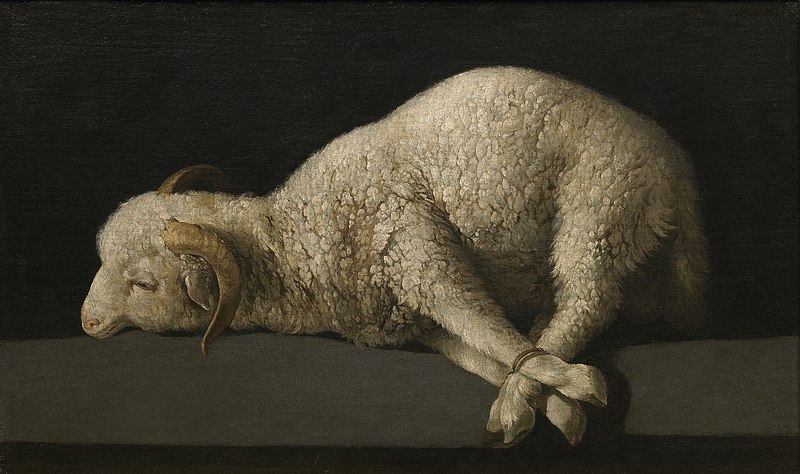
It seems clear to me that when Jesus said at the Last Supper, ‘This is my body’ and ‘This is my blood’ he had in mind the sacrifices that took place in the Temple every day. In her book ‘Sacrifice and the Death of Christ’, the Methodist theologian Frances Young points out that sacrifices were ubiquitous in the ancient world. The idea of religion without sacrifice was scarcely thinkable. Different things could be offered in sacrifice – crops, wine, incense, honey, oil etc. But the most significant was the life of an animal, a blood sacrifice. This was used covering the whole range of ritual worship:
- petition – effectively a bribe: If this happens we will sacrifice x animals;
- propitiation – buying off God’s anger, penance and absolution;
- worship – a whole burnt-offering, the whole animal is offered;
- thanksgiving for a particular blessing, as in the word ‘eucharist ‘;
- fellowship with one another and with God in a communal feast, which is where the word communion comes from.
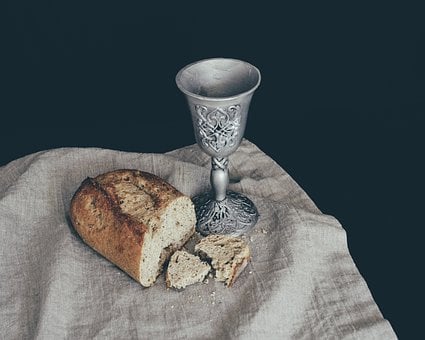
Since the time of Anselm in 1100, and certainly since Calvin around 1550 the main Protestant understanding has been of the cross as a remedy for sin. But there are other meanings available. In 1 Corinthians 10.16-17 Paul says, ‘The cup of blessing that we bless, is it not a sharing in the blood of Christ? The bread that we break, is it not a sharing in the body of Christ? 17Because there is one bread, we who are many are one body, for we all partake of the one bread.’ This sees Christ’s death as a communion sacrifice, one which binds together both Jewish and Gentile believers in a new single body. Very close to what Pinchas Lapide says.
CONCLUSION
I don’t have any neat conclusion. Just an invitation to continue reading, thinking and praying with the aim of enriching our spiritual life and opening up new understandings between Christians and between all people of faith.
FURTHER READING
All the below are blessedly short and readable!
- 1 Corinthians 10 and 11, John 6
- P Lapide The Resurrection of Jesus
- K Stendahl Paul among Jews and Gentiles
- F Young Sacrifice and the Death of Christ
If there is something you think I should read, do let me know on aoroland@gmail.com.
